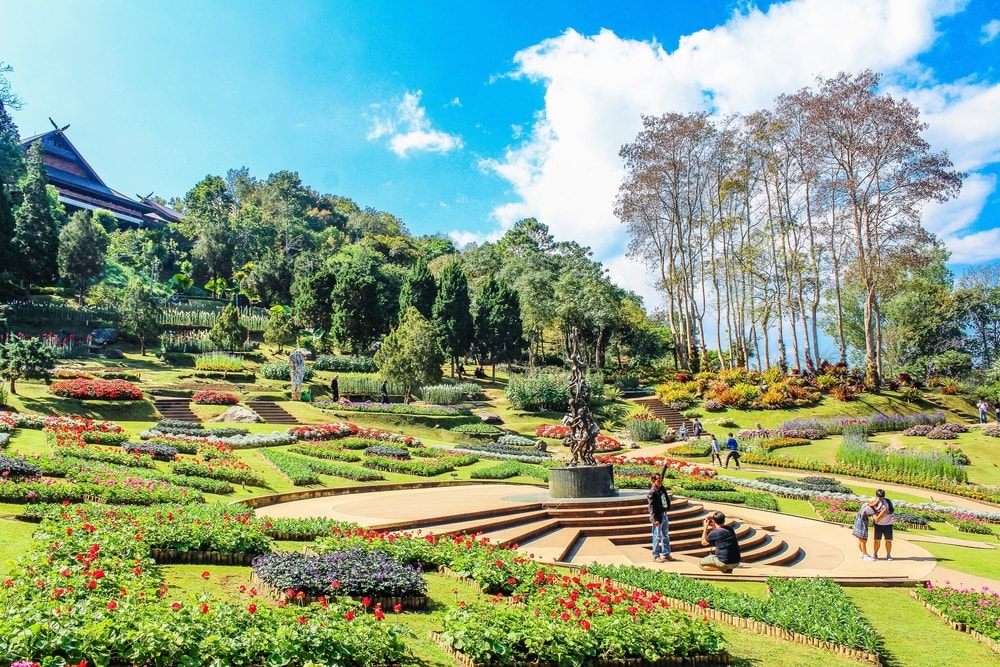An outdoor landscape that includes camellia shrubs brings gorgeous color for the winter months. The flowers not only brighten an outdoor landscape but can be cut and placed as a centerpiece to warm up a evening dinner during the winter. The foliage on this evergreen shrub is a beautiful dark green that creates an attractive landscape all year long.
January is probably the best time to purchase and plant camellia shrubs in the milder climate zones of the U.S. January is generally the time the camellias will be blooming; this way you will be able to choose the colors you would like to see in your outdoor landscape. It is recommended that you should plant camellia shrubs while they are blooming and before new growth appears. This new growth will appear when the blooms are finished.

The majority of camellia varieties should be planted in an area that receives filtered sun, even though the Camellia Sasanqua is capable of enduring full sun. The landscape area for growing camellias should also be shielded from heavy winds. Scald on the camellia leaves can happen if your shrub receives too much sun. They make excellent foundation shrubs around your house if they are protected by large trees. They can also be planted under trees in a circular fashion around the trunk provided they receive some sun.
The colors of the flowers come in beautiful shades of white, pink, red, or in a combination of these colors. The camellia flowers work well as cut flowers because of their lasting quality. Most varieties can live for 100 years or more and grow as tall as 25 feet. They are a slow-growing shrub and can be pruned to any shape you desire.
For growing camellias properly the soil should be slightly acidic and well drained. A commercial planting mix that is specially made for camellias can also be used. Once your camellias have become acclimated to the area they are quite easy to maintain. The soil should always be moist, but never soggy. Once new growth starts to appear, feed with camellia food but only in moist soil. Water the shrub right after feeding. This process should be repeated every seven weeks into the middle of September. Always follow the directions on the label and do not overfeed.
Camellias have but only a few diseases but usually not in the dry climates. The main disease is called die-back which is due to the glorerella cingulata fungus; if this should happen, prune off all the infected branches to clean wood. Phytophthora cinnamomi root rot is another disease that will generally attack Camellia Japonica. To prevent this latter disease you will need to have good drainage. The ‘winter-hardy’ camellia and the Camellia Sasanquas are generally immune to root rot.
When planting camellias as a hedge you can plant them six feet apart, if not they need to be about eight feet apart. Many ‘winter-hardy’ camellias make excellent hedges. Camellias have beautiful late fall and winter flowers that will brighten up any winter garden. Their bright green shiny leaves will stand out in an outdoor landscape year round.